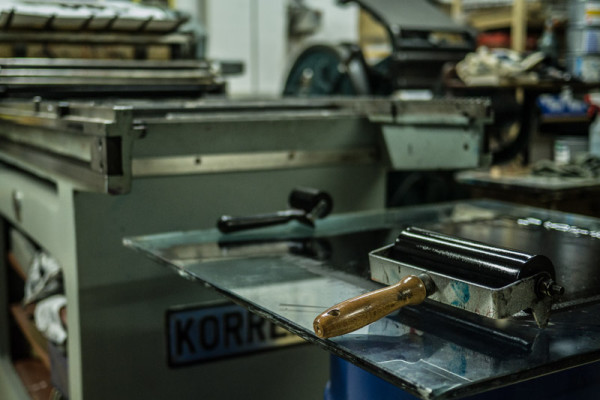You may not know it but it is part of your life, of the image you have of the world. In fact, it is the basic backbone of the visual arts of the twentieth and twenty-first centuries. Bauhaus is the school, the project that absolutely determined the way in which we understand the form of furniture, architecture, objects and graphic design during the last two centuries. And this despite the fact that the fascists tried to bury it in oblivion. What they did not know is that Bauhaus was seed and flourished. And it still flowers.
Bauhaus was the discovery that what is useful and popular can also be beautiful, uniting Art with Technique, giving a new meaning to the term “Craftsmanship”, combating the ugliness and misery of the industrial, dirty, rusty and dusty era. Bauhaus opened a gap between clouds of smoke and the light penetrated. And it is already 100 years of light that continue shining in all its splendor, jovial and fresh, like a spring afternoon.
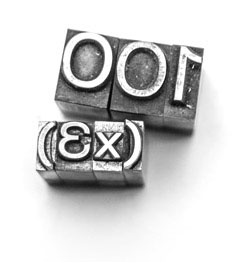
Youth and life are persistent and stubborn in both, living and enjoying. And utopias. They always seem to have gone. But indeed they have been always there, crouching, making us walk towards that horizon that we’ll never reach. but we move, we really move.
The history of the Bauhaus is the history of a Trinity, of three buildings, three directors, three stages and three adventures of discovery and equality, where merit and amusement ran in abundance, without complexes, daring to break each and every one of the established conventions. It is curious to know that in an obscure age of conformism and absence of militancy we, all of us, are their sons. Curious, in the best care scenario.
The collection consists of three pieces sealed, numbered and signed by the author, in a limited edition of 100 units.
–
All compositions are manually printed with movable wood types and metal types, in a 1964 Korrex Hannover press on Freelife Vellum White 170 g. paper, by Fedrigoni. All processes –both assembly and printing– are entirely manual.
–
Size: 19 ¾x27 ½ ” (50x70cm)
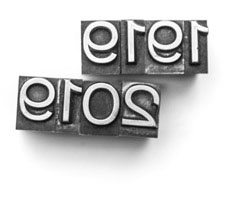
A bunker is a place to resist and to survival. A place to resist the enraged mob or, if necessary, the enemy. In these times of non stopping “progress”, of endless speed, of conformist «originality». It´s that place for resting, for waiting and useful for contemplate al the afternoons with no hurry; Look at the past, and understand that it will never change… The advantage of being obsolete is that things are already, and they will not cease to be. They will remain so, forever. Looking back allows you to laugh at the present and show your peers that originality is a thread.
That’s how Jesus Morentin, “Bunkerman”, the man hidden behind the bunker decided to come to this job, to pay tribute to those who survived in spirit on their 100th anniversary. Long live the seed sown in the Bunker!
_
Texts by Txus Marcano
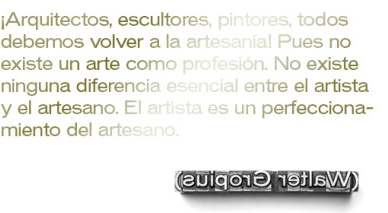
The collection consists of three pieces sealed, numbered and signed by the author in a limited edition of 100 units.
–
All compositions are manually printed using movable wood types and metal types, in a 1964 Korrex Hannover press on Freelife Vellum White 170 g. paper, by Fedrigoni. All processes –both assembly and printing– are entirely manual.
–
Size: 19 ¾x27 ½ ” (50x70cm)
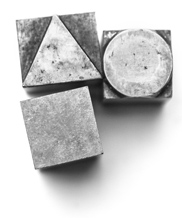
My gratitude to all those who, in one way or another, have contributed to this project. Especially to Arnau Estela; thanks to your generosity – and to your magnificent Korrex Hannover – I can continue to print all my projects year after year. To Txus Marcano for enriching the present work with the texts that accompany it. To the always hard-working Cecilia Górriz, controlling the website, rain or shine, and finally to Albert Vidal, always ready –if he hasn’t forgotten his phone at home–. To all of them, thank you very much.
Jesús Morentin, bunkerman.









